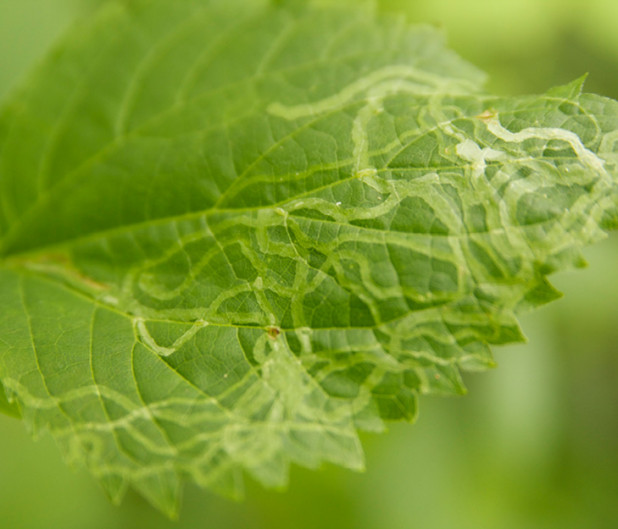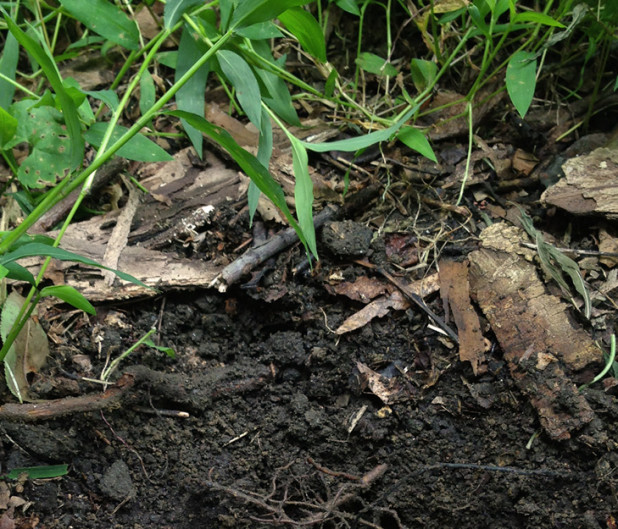Last week’s winter storm piling first snow and then freezing rain on Roxborough and the entire region was just the latest in a long string of severe storms rocking us this winter—with more to come. And the storms have been far worse elsewhere, as several dozen Americans have now died from severe winter weather from Texas into New England.
That’s a stark and strange contrast to last winter, when almost no snow fell at all, when there were no snow days the entire winter. Just when we thought that last year’s extreme might be the new normal, that climate change had made even snow an endangered species, Old Man Winter came roaring back this year with a vengeance.
You’d think people like me who continually warn about global warming would be wrong. Think again.
“This week’s storms,” read an Associated Press story widely published in newspapers across the country, “fit a pattern of worsening extremes under climate change and demonstrate anew that local, state, and federal officials have failed to do nearly enough to prepare for greater and more dangerous weather.”
And that dangerously liberal newspaper, USA Today, asked the key question last week in its headline: “Record cold, intense storms and tornadoes amid global warming: Could there be a connection?” The answer, sadly, is yes.
For the last few years, I have been warning that Philadelphia’s climate was becoming hotter, wetter, and weirder. While this weather is decidedly not hotter—more on that in a second—it has been wetter this year, and wow is it ever weirder. That’s one of the downsides of climate change, that our weather wildly vacillates among extremes: too hot, then too wet, then too dry, then thunderstorms of too much intensity.
For in addition to last week’s snowstorms, a tornado killed three people in Sunset Beach, North Carolina, the second deadly tornado and third significant tornado of a very young 2021. Tornadoes in winter? Yes, that’s weird.
Let’s start with the simple notion that what goes up must come down. A warming climate—remember, globally the six warmest years on record are the last six years—creates more evaporation: more water vapor rising into the atmosphere to form more clouds. All that water vapor can’t stay there forever; gravity makes it come down eventually, and in winter it may come down as snow or sleet. So last week’s storm covered a wide swath of the United States, dumping snow on 100 million Americans. At one point recently, some 75% of the country was under a blanket of snow. That’s weird.
About that cold. First, our winters now average almost five degrees warmer than they did 50 years ago, and the mercury has not dipped below zero in more than 25 years. Our winters are trending noticeably warmer, even with this cold spell.
To explain this year’s winter, we need to travel to the Arctic circle. In a more typical winter, the polar vortex—that gigantic circular upper-air weather pattern that covers the North Pole—is kept in place by the jet stream, which essentially pens it in. In any winter, the jet stream can wobble or weaken, allowing the polar vortex to slide down into North America. That happens every year.
Enter climate change. “There is evidence,” said University of Georgia meteorology professor Marshall Shepherd in that same USA Today article, “that climate change can weaken the polar vortex, which allows more chances for frigid Arctic air to ooze into the Lower 48.” Piling on, climate scientist Jennifer Francis, who has published a study on the phenomenon, said in 2019 that “warm temperatures in the Arctic cause the jet stream to take these wild swings, and when it swings farther south, that causes cold air to reach farther south.”
And the data clearly shows the Arctic circle is warming at a faster rate than the rest of the planet, and Arctic Ocean ice has retreated to its lowest levels in, well, ever in recorded history. In January 2021, Arctic Ocean ice measured almost 400,000 square miles below the 198–12010 average. The Arctic is warming, and the jet stream is wobbling.
Francis called the recent weather “a major breakdown” of the polar vortex. “It’s been unusual for a few weeks now—very, very crazy,” she concluded. “Totally topsy-turvy.”
One last thought. Texas has been notably slammed by this winter’s wild weather, and people are freezing and even dying under blackout conditions. It’s absolutely horrible. But that state’s governor oddly chose to blame the Green New Deal and wind turbines for this breakdown. Please don’t swallow this whopper. Texas long ago decided to be independent in its electrical grid to avoid federal regulation, and has resisted advocates asking the state to weatherize its system. Texas is sadly paying the price for avoiding this action.
Wind turbines played no role there. But climate has played a huge role in the weirding of this winter’s weather.
–Written by Mike Weilbacher
Photos by Rae Hearts Design & Photography

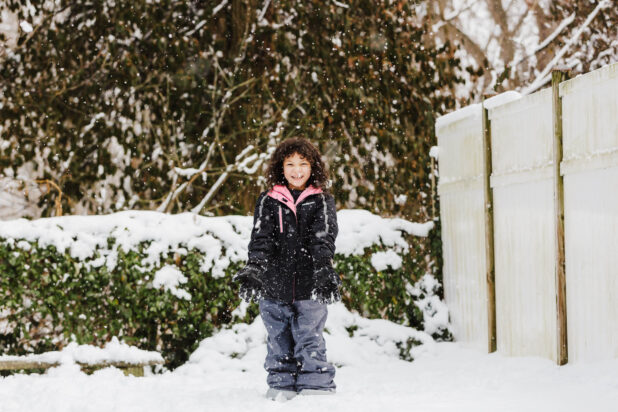
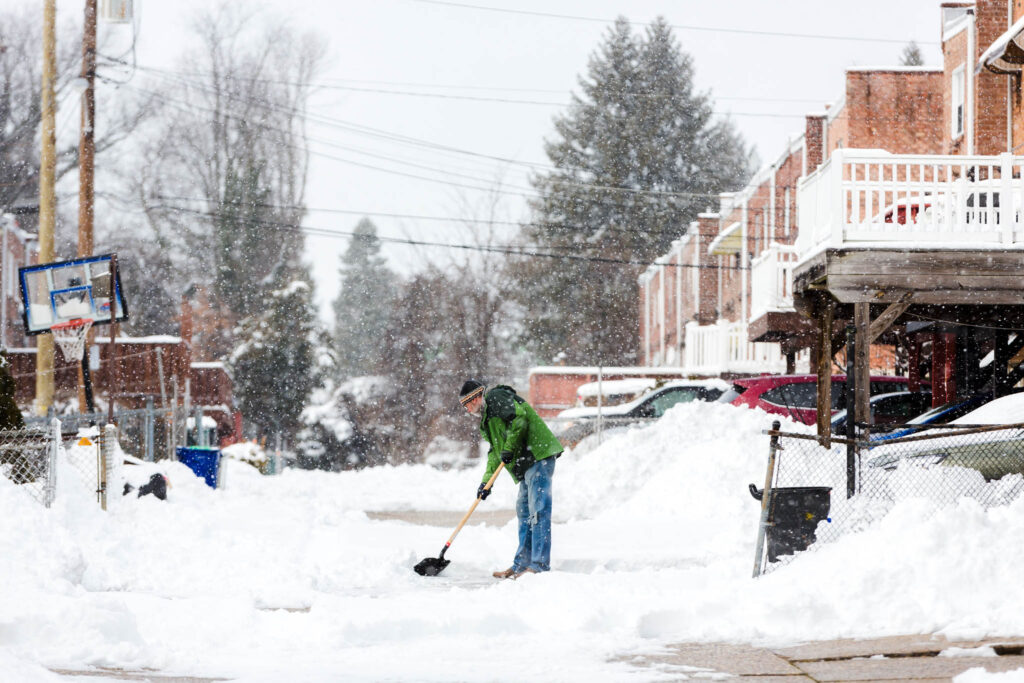
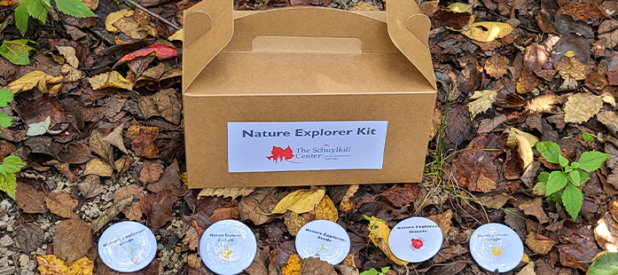
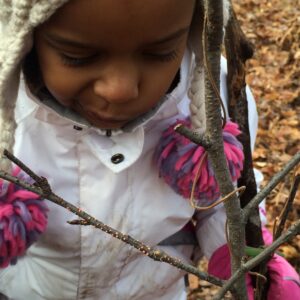 From the colorful autumn leaves to the fresh snow of winter to the budding flowers of spring and summer, discover the beauty and wonder along our trails in every season through this FREE weekly self-guided program. Pick up a nature exploration kit at our Visitor Center and then hit the trails with your family to complete the activities inside. For the months of January and February, past explorer kit themes will be repeated (with the exception of a new Valentine’s Day themed kit on February 13). Two different themed kits will be available each week. Explorer kits can be picked up anytime between 10:00 am–12:00 pm on a first-come, first-served basis. All ages welcome. No registration required. Masks are required when picking up your kit.
From the colorful autumn leaves to the fresh snow of winter to the budding flowers of spring and summer, discover the beauty and wonder along our trails in every season through this FREE weekly self-guided program. Pick up a nature exploration kit at our Visitor Center and then hit the trails with your family to complete the activities inside. For the months of January and February, past explorer kit themes will be repeated (with the exception of a new Valentine’s Day themed kit on February 13). Two different themed kits will be available each week. Explorer kits can be picked up anytime between 10:00 am–12:00 pm on a first-come, first-served basis. All ages welcome. No registration required. Masks are required when picking up your kit.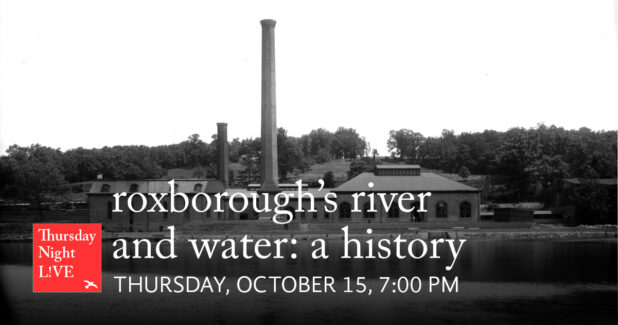


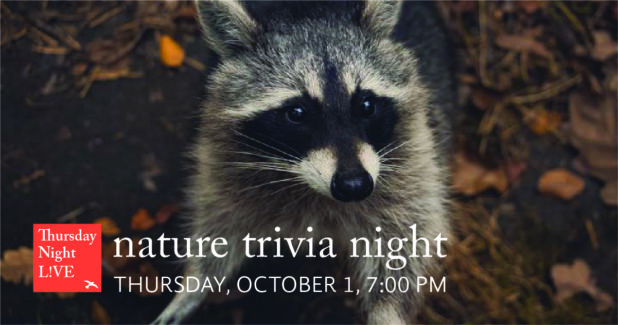
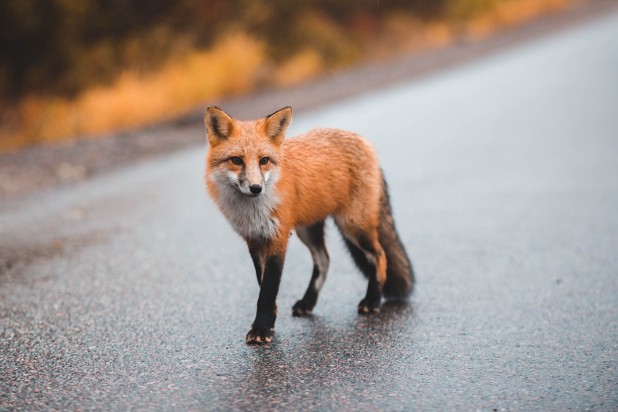

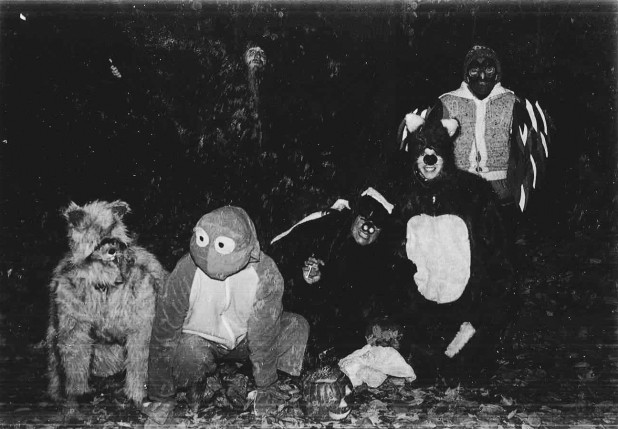
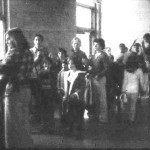
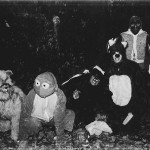
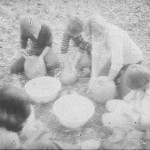
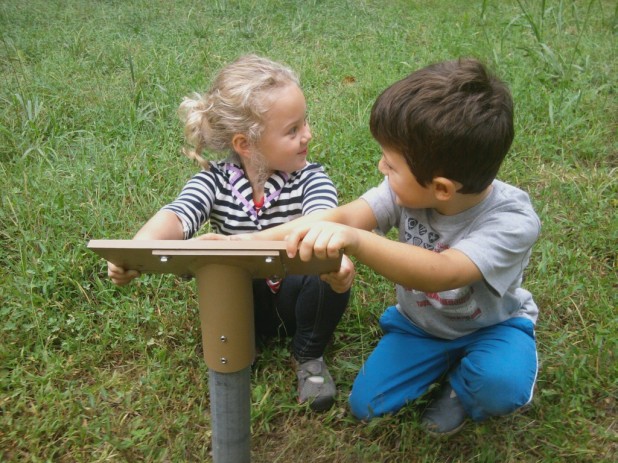
 The first few weeks of Nature Preschool have started off with a busy buzz and hum as the two classrooms, Sweet Gum and Sycamore, have filled with children, conversations, artwork, lunch boxes, water bottles, and more. It may seem silly but every September I am reminded how the beginning of the year reinvigorates teachers and classrooms as new personalities come together to build a community. It is loud (as it should be), it is busy (many moving bodies), it is messy (children’s hands at work), it is full of questions, thoughts, and ideas as the pieces of the classroom puzzle are beginning to fit together.
The first few weeks of Nature Preschool have started off with a busy buzz and hum as the two classrooms, Sweet Gum and Sycamore, have filled with children, conversations, artwork, lunch boxes, water bottles, and more. It may seem silly but every September I am reminded how the beginning of the year reinvigorates teachers and classrooms as new personalities come together to build a community. It is loud (as it should be), it is busy (many moving bodies), it is messy (children’s hands at work), it is full of questions, thoughts, and ideas as the pieces of the classroom puzzle are beginning to fit together. 